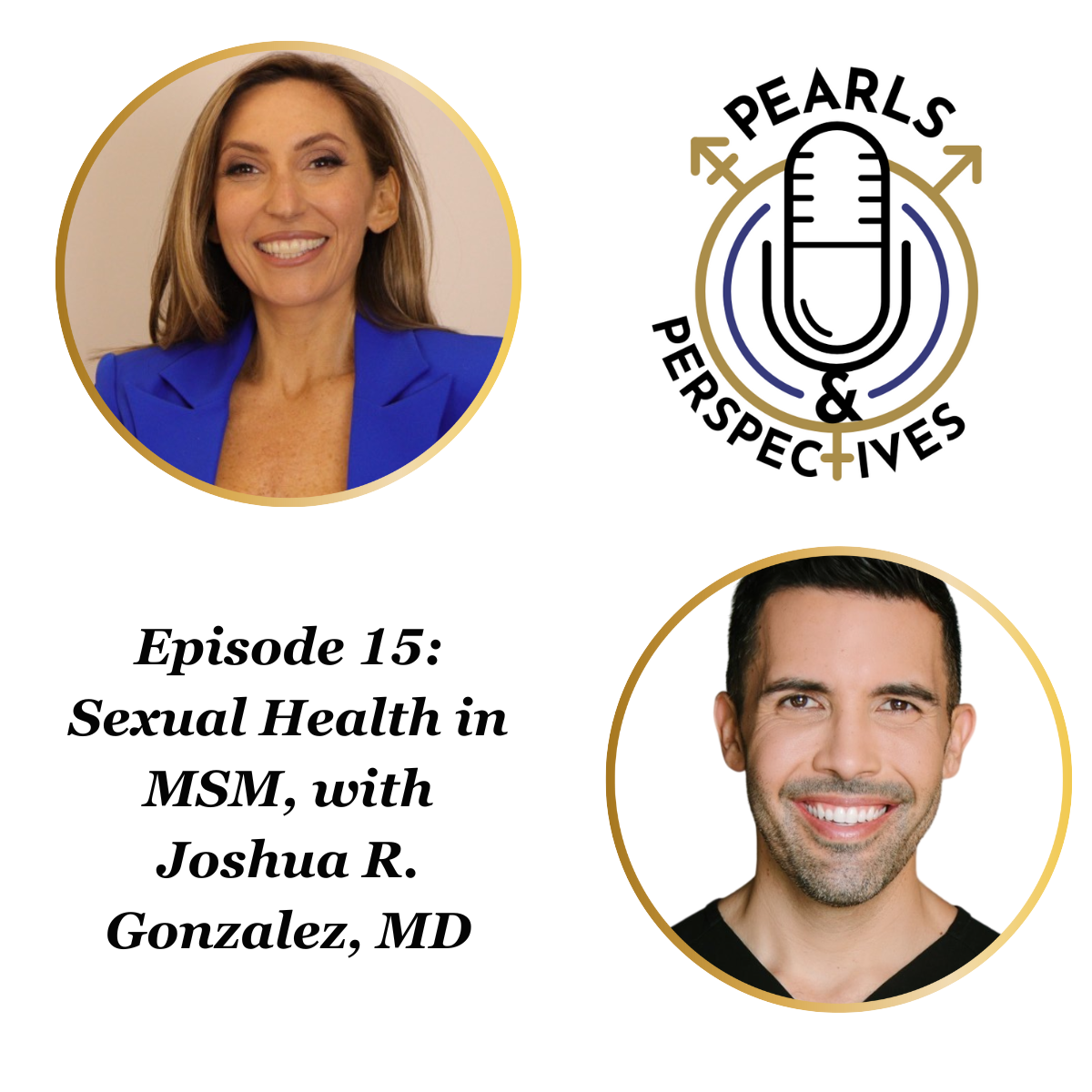Opinion
Video
Study points to increased public interest in vaginal estrogen
Author(s):
Key Takeaways
- Increased public interest in vaginal estrogen can enhance patient-physician discussions and enable earlier symptom management for post-menopausal women.
- Disparities in access to vaginal estrogen are influenced by cost, socioeconomic status, and geographic location, affecting treatment availability.
"What's important here is that there's an increased public interest in this vaginal estrogen therapy," says Elia Abou Chawareb, MD.
In this video, Elia Abou Chawareb, MD, discusses the study “Analyzing Google Search Trends for ‘Vaginal Estrogen’ and Its Relationship to Medical Recommendations for Post-menopausal Women,” which was presented at the 25th Annual Fall Scientific Meeting of the Sexual Medicine Society of North America in Scottsdale, Arizona.
The findings suggest a growing interest in vaginal estrogen among post-menopausal women. What are the potential clinical implications of this trend?
What's important here is that there's an increased public interest in this vaginal estrogen therapy, which will make it easier for physicians to have informed discussion with the patients, make it easier to start preventive measures, make it easier also for patients to know more about the treatment that their physician may discuss with them; they may say, "let's start this earlier, so we can control yoursymptoms better."
What factors might contribute to disparities in access to vaginal estrogen? Are there specific populations or geographic regions that may be more likely to face barriers in obtaining this treatment?
Like any other treatment that is new, the first thing that comes to mind is the price. That's 1 factor. The other factor is the socioeconomic status of the patients. Also, there are locations in the US that do not give much importance to new publications, or even the doctors are not that into research. And even with that, where we don't have any big academic centers, or where they have low socioeconomic [areas], we don't have that much [promotion of] these medications.
This transcript was AI generated and edited by human editors for clarity.
Newsletter
Stay current with the latest urology news and practice-changing insights — sign up now for the essential updates every urologist needs.

















